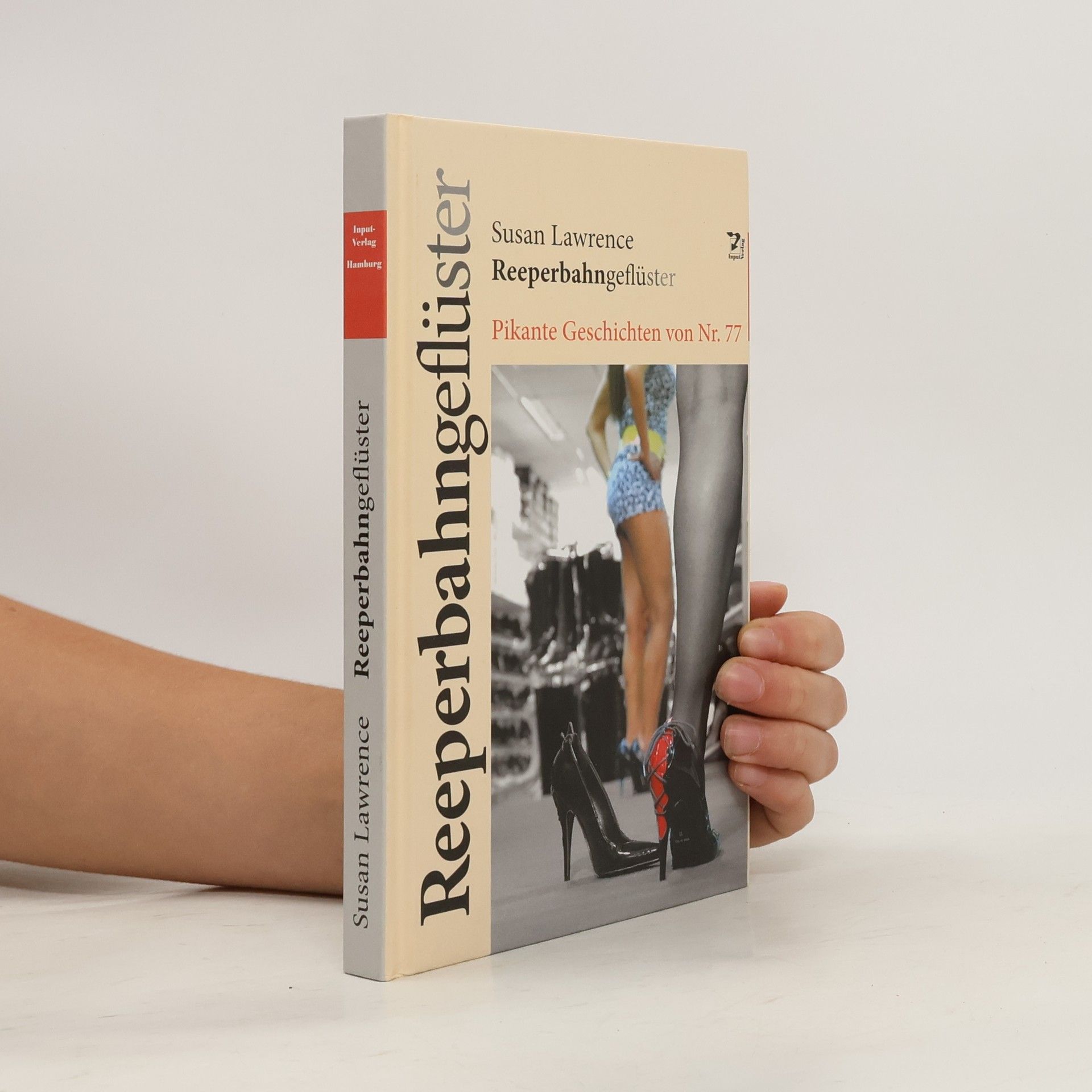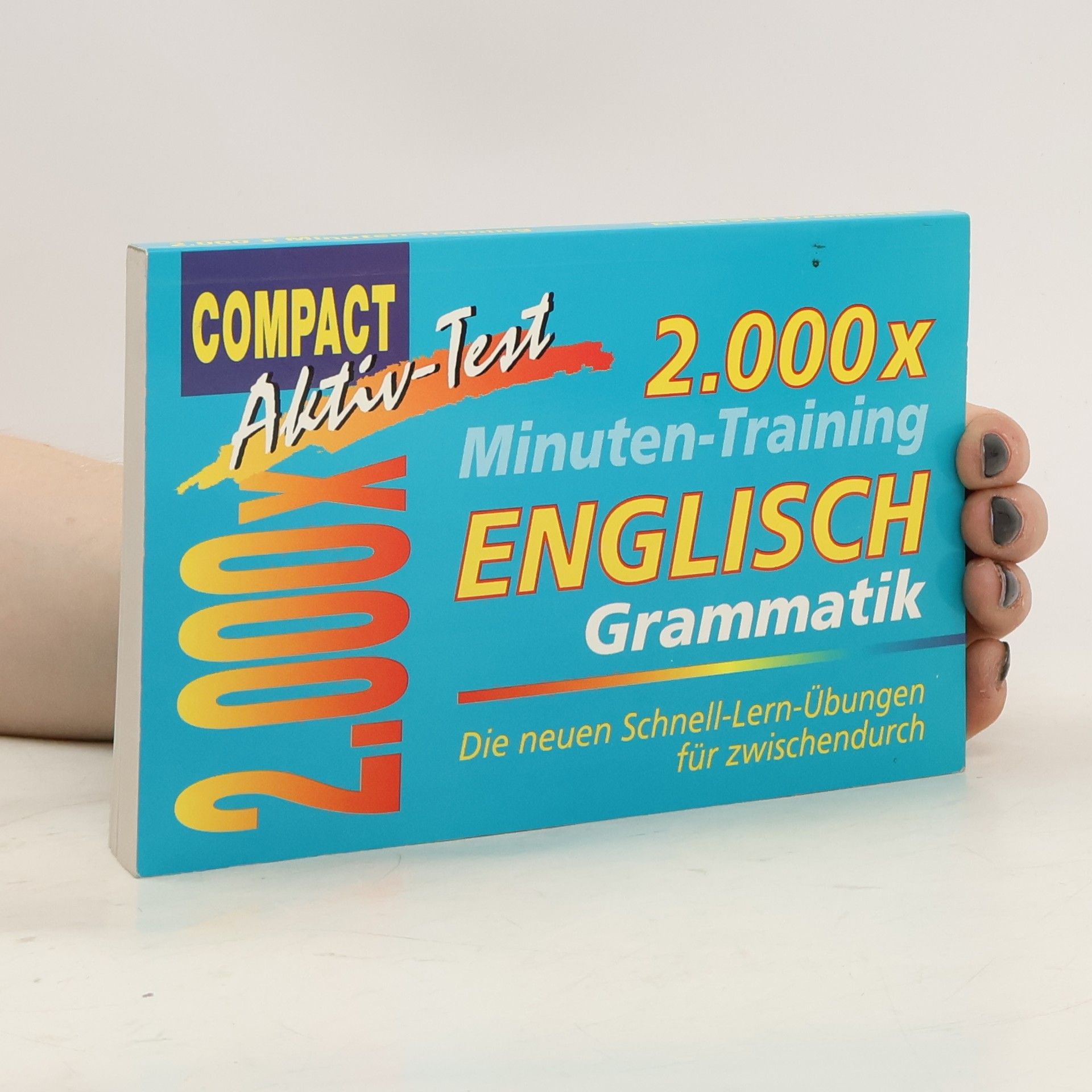The environmental impact of gold mining in nineteenth-century Victoria is starkly revealed, highlighting how mining waste, known as 'sludge', devastated the land and waterways. This book uncovers the catastrophic effects on agriculture, with sludge overwhelming grapevines and creating dangerous sludge lakes that harmed children and animals. It narrates the struggle against this pollution, illustrating how these events contributed to the emergence of the modern environmental movement, exposing a hidden chapter of Victoria's mining history.
Susan Lawrence Orden de los libros
Susan Lawrence es profesora de arqueología que ha dedicado treinta años al estudio de los campos auríferos. Su trabajo profundiza en el carácter único de estos paisajes y las actividades humanas dentro de ellos. A través de su investigación, ofrece profundas perspectivas sobre la historia humana y su impacto duradero en la tierra.





- 2019
- 2017
The Long Ride Home
- 144 páginas
- 6 horas de lectura
Hoping to find a family, Bert Davidson, accompanied by his younger sister Emma, boards an orphan train for Iowa in 1929 and learns some eternal truths as he attends a one-room school and works on a farm.
- 2012
Susan Lawrence kennt die kleinen und großen Geheimnisse der Reeperbahn, zu ihr kommen sie alle: Die Liebesdamen und ihre Freier, die Menschen von St. Pauli und die vielen Hamburg-Touristen. Und die Promis! Denn sie hat die schärfsten Schuhe der Stadt. Susan Lawrence ist Inhaberin von Schuh Messmer, Reeperbahn 77. Im Buch finden sich neben ihren 21 Geschichten auch 51 künstlerische Fotos von Ralf Plenz, die etwas vom Ambiente der „sündigen Meile“ einfangen.
- 2010
An Archaeology of Australia Since 1788
- 421 páginas
- 15 horas de lectura
Focusing on the post-contact period in Australia, this volume synthesizes extensive archaeological research across diverse settings, including convict stations and goldfields. It delves into the daily lives of various groups, such as convicts, Aboriginal people, and migrants, highlighting their differing experiences based on gender, class, and ethnicity. Each chapter emphasizes the significance of social themes like identity and status, illustrating their integral role in understanding the archaeology of industry and urbanization during this transformative era.